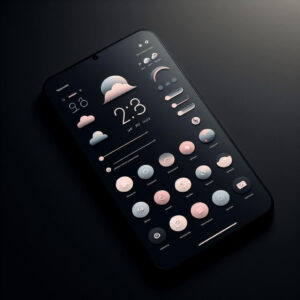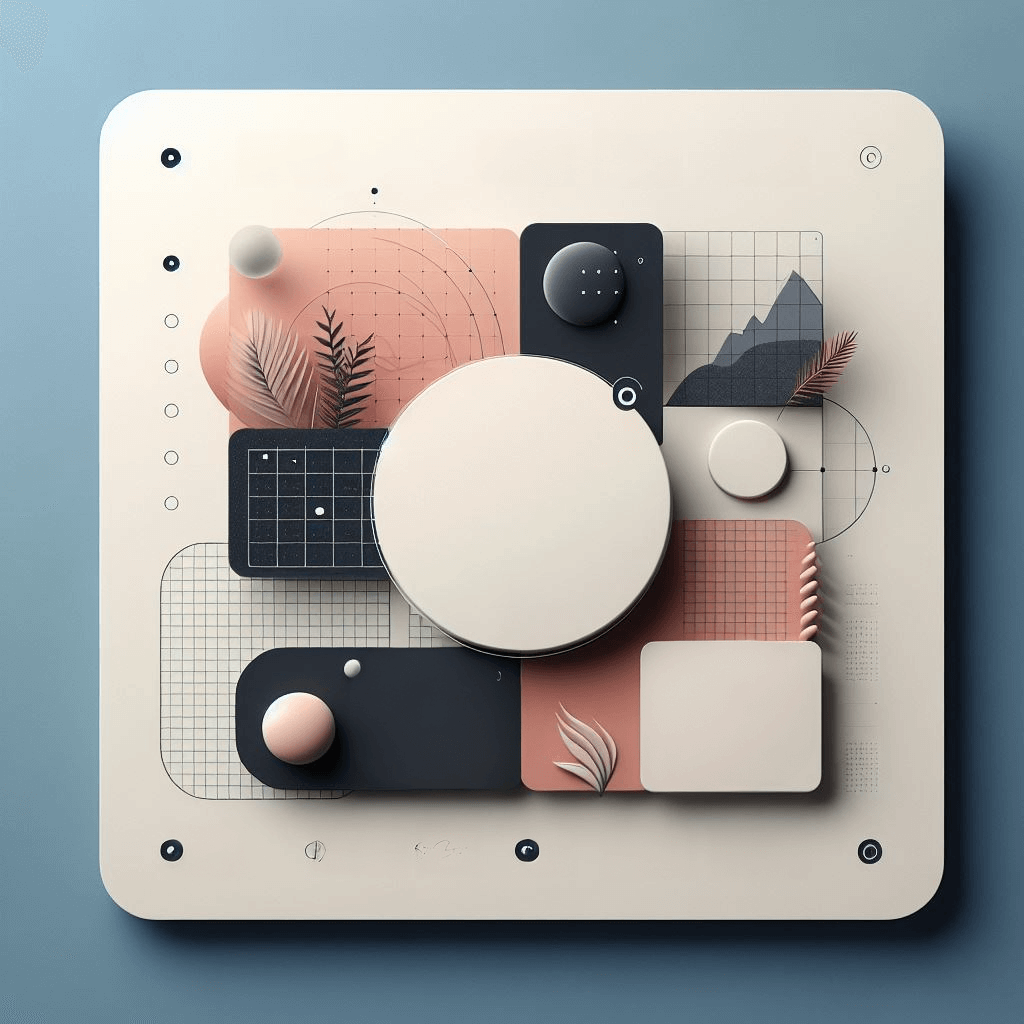WordPress stands out as a flexible platform that constantly adapts to match new trends in the constantly changing field of web design. WordPress gives web designers the ability to create beautiful and functional websites, from responsive design for smooth cross-device experiences to a strong focus on accessibility and diversity through WCAG compliance.
With cutting-edge features like voice search integration, dynamic content personalization, and artificial intelligence, WordPress promotes creativity and user involvement. Future digital experiences are being shaped by the WordPress site design trends of today. Now, let us explore some of the latest trends that have recently influenced WordPress web design!
Here is the list of the latest trends:
- Minimalist and Clean Layouts
- Mobile-First Design
- Dark Mode
- Animations and Microinteractions
- Sustainable and Eco-Friendly Design
- Dynamic Content and Personalization
- Voice Search and AI
- Minimalist and Clean Layouts
Clearness and simplicity are the foundations of modern WordPress design trends. A visually pleasing and straightforward browsing experience is produced by clear layouts with lots of whitespace, simple navigation menus, and well-chosen font. Minimalist WordPress designs provide a pleasurable user experience while projecting refinement and professionalism with an emphasis on simplicity and the clearing of interface elements.
- Minimalist design. Enhances aesthetics but also improves usability by focusing on essential content elements. This approach prioritizes readability, navigation efficiency, and visual hierarchy, ensuring that users can quickly access the information they need without distractions.
- Clean Layouts. Highlight structure and order, which improves user engagement. Clear visual hierarchies, grid systems, and simple navigation are all used in clean layouts to help people navigate content with ease.
- Mobile-First Design
The increasing amount of users accessing websites on smartphones and tablets has made designing for mobile-first a mainstream practice, with mobile devices dominating internet usage. In addition to prioritizing mobile performance, WordPress themes and plugins are designed for responsive design, guaranteeing optimal user experiences on devices of all shapes and sizes. This trend highlights the significance of quick-loading, attractive mobile interfaces that fulfill Google’s mobile-friendly standards, effectively engage users, and boost SEO ranks.
- Media. Uses adaptive graphics, lazy loading, and compressed image formats to optimize material for smaller screens, resulting in quicker download times and improved user experience. To improve accessibility and interaction on mobile devices, it also has autoplay settings and video formats optimized for mobile.
- Touch-Friendly Navigation. gives priority to touch-friendly and intuitive elements, such as buttons and menus, and leaves enough space between them to avoid unintentional tapping. Moreover, it optimizes interactive features within the thumb’s reach zone for improved touchscreen device use and incorporates swipe movements for fluid content navigation.
- Dark Mode
The popularity of dark mode on digital platforms has influenced WordPress website design. These days, a lot of themes and plugins provide users the option to switch to dark mode for a more comfortable viewing experience, especially in dimly lit areas. Websites with dark modes appear more sophisticated and modern, appealing to modern design sensibilities.
- Aids Eye Strain. In keeping with the increasing awareness of digital eye strain, dark mode provides users with a visually calming option that lessens glare and encourages prolonged browsing sessions with less tiredness.

- Animations and Microinteractions
Website designers may enhance usability and functionality while also creating a more dynamic and interactive environment that captivates users and entices them to explore further by carefully placing microinteractions and animations across the site.
- Animations. This includes loading animations during wait times, used at button transitions which enhances visual appeal and provides visual cues. Animations can also be used to reveal hidden contents, showcase product features, and highlight important messages.
- Microinteractions. Can contain interactive features like tooltips or toggles that offer more functionality or information, scroll animations that add visual interest as users travel through the material, and hover effects that alter the appearance of components as users hover their cursor over them.
- Sustainable and Eco-Friendly Design
In the WordPress community, eco-friendly site design techniques are increasing as sustainability gains importance on a global scale. To further cut down on page load times and overall resource consumption, they emphasize the use of lightweight design components like CSS files and optimized images. WordPress designers may support socially conscious company operations and environmental preservation by implementing sustainable site design techniques.
- Sustainable Elements. These features are becoming more and more common in projects. For example, energy-efficient hosting solutions that make use of renewable energy sources and give priority to server optimization for low energy consumption are being chosen by designers.
- Eco-Friendly Design. Eco-friendly themes and plugins provide design options that help lower carbon footprints and raise awareness of environmental issues in the digital sphere.

- Dynamic Content and Personalization
The forefront of modern WordPress website design is dynamic content and personalized user experiences, which increase engagement and build lasting relationships with site visitors. AI-driven recommendation engines, user activity tracking, and dynamic content blocks are some of the tools that designers employ to craft customized experiences that connect with specific users.
- AI-Driven Recommendations. This assesses user preferences and behavior patterns to make appropriate content or service suggestions. Through user behavior tracking, website designers can learn more about how users engage with the platform, which helps them to further improve and customize the user experience.
- Dynamic Content. By providing offers and information that are relevant to the interests and requirements of the user. This enables the presentation of personalized content by designers based on user factors like geography, demographics, or previous interactions, resulting in a unique experience for every visitor.
- Voice Search and AI
In order to meet the growing need for smooth and efficient user experiences, WordPress design is being redefined by the incorporation of voice search capabilities and artificial intelligence (AI) functionality. Website optimization for voice search becomes critical as voice assistants and smart devices become more widely used. To enable voice commands for website interaction, natural language processing (NLP) algorithms that comprehend spoken inquiries must be implemented.
- Chatbots. These clever bots are capable of handling routine questions, making personalized recommendations, and even completing transactions in real-time. Chatbots provide a personalized and effective support experience by continuously refining their responses and adapting to user preferences through the use of machine learning techniques.
- Voice Search. Features boost accessibility for people with disabilities or those who prefer voice-based interactions, in addition to improving user convenience. These technologies improve customer pleasure and loyalty by improving user interactions, lowering friction in the browsing experience, and offering immediate help.

CONCLUSION
WordPress gives designers tools to create beautiful and useful websites as it change to reflect current trends in web design. It adjusts to user needs through responsive designs, accessibility, and diversity. AI, voice search, and dynamic content are examples of innovations that improve engagement.
Modern tastes are catered to by trends like dark mode, mobile-first design, and minimalist layouts. The user experience is further enhanced with personalization, sustainability, and animations. WordPress is a leader in influencing the direction of site design by providing designers with flexible options for engaging online experiences.
